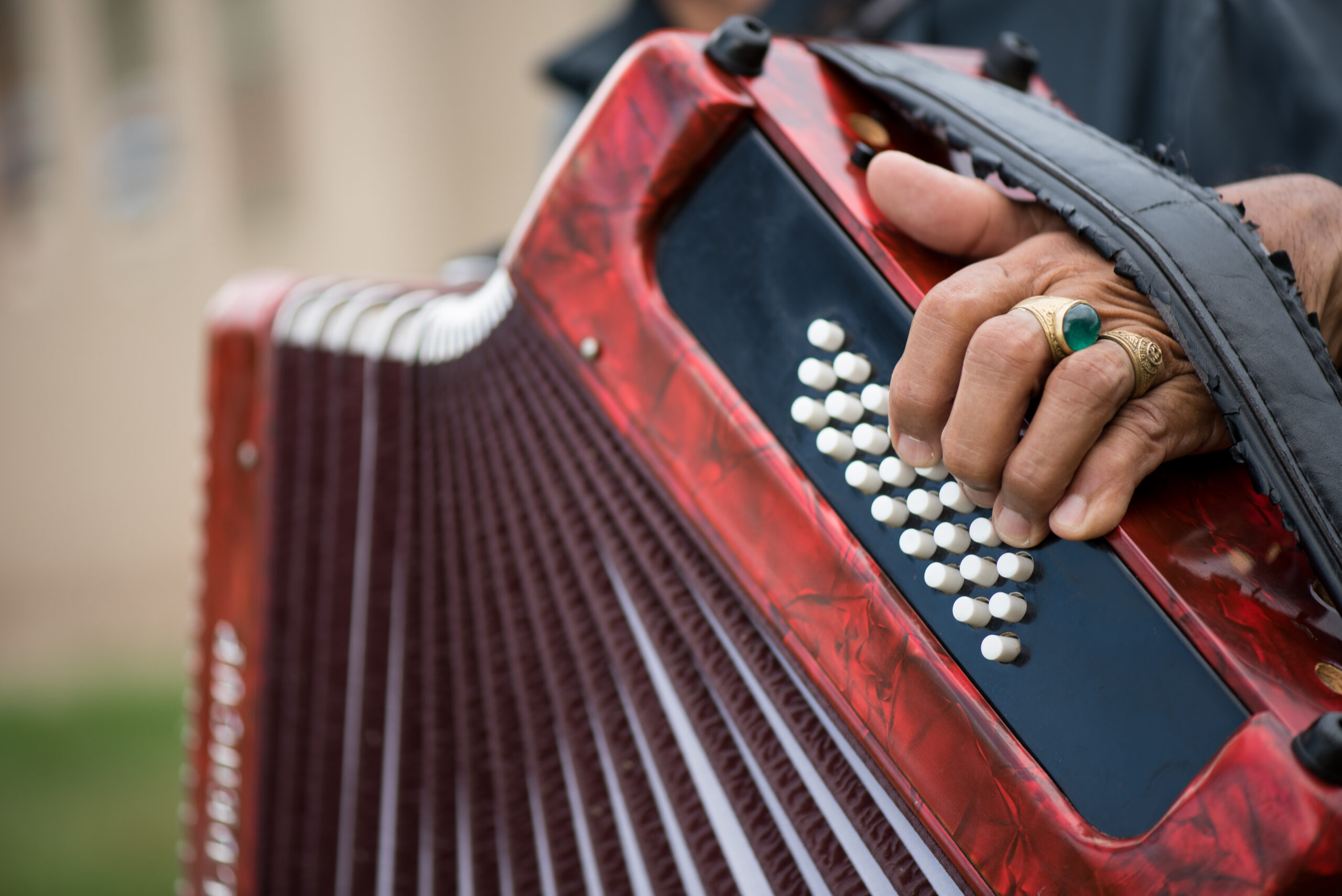New Year celebrations: 14 alternative ways to enjoy the holiday
9 October 2025

In our interview with Beto Murgas, we dive into his journey through the music industry, his efforts to protect and promote Vallenato, and his personal recommendations for anyone planning a cultural adventure in Colombia.
Rich in tradition and deeply rooted in Colombia’s cultural identity, Vallenato music offers a powerful window into the country’s heritage. Originally performed by traveling troubadours, these melodic ballads were crafted to share news, folklore, and regional stories through song. With the distinct sounds of gaita flutes, accordions, and small hand drums called caja, Vallenato became inextricably tied to the valley where it was born. In 2006, UNESCO officially recognized Vallenato as part of the Intangible Cultural Heritage of Humanity, reinforcing the urgency of preserving its traditions. The city of Valledupar, often considered the cradle of Vallenato, has since become a center of cultural preservation, led by dedicated artists and advocates.
One of the most prominent among them is Beto Murgas, a celebrated Colombian singer, composer, and lifelong champion of the Vallenato tradition. Now serving as curator of the Accordion Museum in Valledupar, Beto is passionate about showcasing the rich history of the instrument that defines this genre. Read on to hear our interview with Beto Murgas!
 Hi Beto, how did you initially get involved in traditional folk music?
Hi Beto, how did you initially get involved in traditional folk music?Folk music has always been a part of my life. My parents were musicians, so I grew up surrounded by the legacy of Vallenato music. I think it was inevitable that it would become a part of my lifestyle, and now I can’t imagine my life without it!
I think the city’s music scene is mainly thanks to its historic role, both as the capital of folk rhythm and the birthplace of Vallenato music. The genre’s most iconic performers and composers were born in this valley, and their passion and enthusiasm continue to inspire people, generation after generation. Valledupar is the heart of the region’s music scene, and its annual folk music festival is one of the biggest events of the year. Not only is it a great place to develop your sense of rhythm and creativity, but it’s also one of the most welcoming cities in Colombia, I’d recommend it to anyone!
I have so many favorite places in Colombia! I think the coffee regions and the Sierra Nevada de Santa Marta mountain range offer a true glimpse into the country’s natural heritage and diversity. They’re amazing spots to escape the crowds and enjoy the peace and tranquility of nature. I also love the vibrant atmosphere of Cartagena, and of course, I would highly recommend Valledupar to any music lover.
Read more: The best festivals, food, art and more in Colombia

I believe Vallenato music will continue to grow in popularity on the international scene in the coming years, and it’s crucial that this growth is paired with protection. As Colombians, we don’t want to lose our traditions or sense of ownership over Vallenato music. As its popularity increases, we must stay true to our message. We want people to come to the Valledupar Festival, enjoy the music, and gain insight into Colombian culture, while also understanding that Vallenato is an integral part of our heritage. I’m excited to see the changes and developments that will unfold in the next few years, and I’m eager to play my part in bringing Vallenato music into the public eye.

It made perfect sense to me that a museum dedicated to Vallenato’s most iconic instrument should be located in Valledupar, the birthplace of the genre! People who visit the city are often curious about our folk music, and the museum provides them with a place to connect with its roots and learn about our heritage. I’ve loved this instrument my whole life, and when I stumbled upon my childhood collection, I knew I wanted to help others enjoy it as much as I do. When it comes to the different types of accordions, there are five main ones: Diatonic, Concertina, Bayan, Chromatic, and Piano. The Diatonic accordion is the one used in Vallenato music. It’s of German origin, but many of the ones we use here have been custom-built to play specific notes and tones found in Vallenato compositions.
I’d love to see the highlights of Europe! I think Barcelona, Paris, and Castelfidardo would be at the top of my list.
 Make it happen
Make it happenHas our interview with Beto Murgas got you wanting to experience the vibrant Colombian music scene firsthand? Our local experts are ready to help plan your unforgettable trip. Simply get in touch and they can get started!
Explore all featured destinations
Join our mailing list for travel inspiration, trip recommendations, and insights from our local experts.